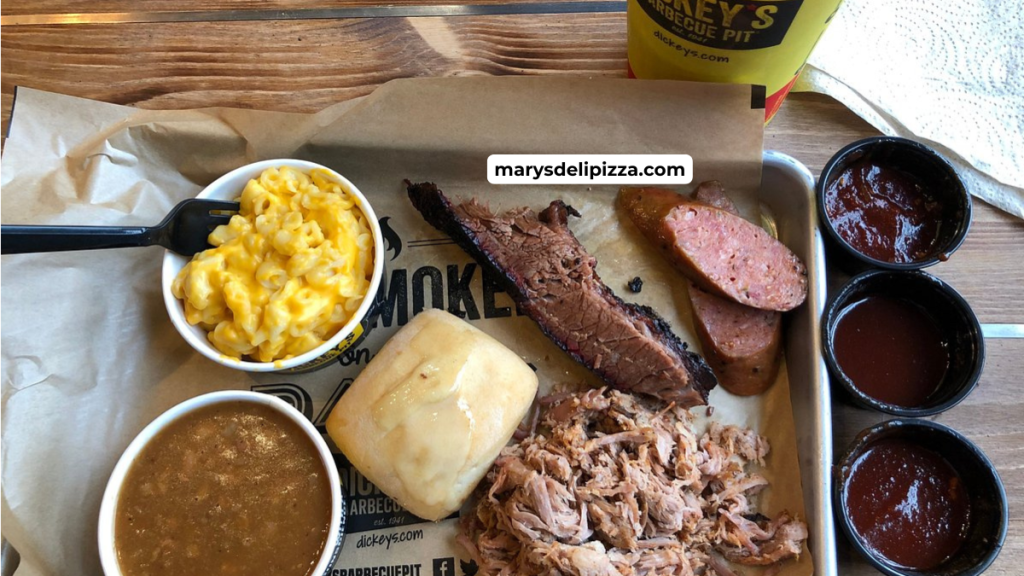If you’ve been following the restaurant industry’s fluctuating fortunes, you’ll find the recent developments at Dickey’s Barbecue Pit particularly striking. Known as the largest barbecue chain in the U.S., Dickey’s has recently faced significant challenges, closing nearly 100 of its locations last year—a 19% reduction in its American operations. This trend underscores a harsh reality: past success is no guarantee of future stability.
According to the latest franchise disclosure document, Dickey’s not only saw these closures but also experienced a change of hands for 106 locations, affecting almost half of its restaurants. Despite shrinking its domestic presence, Dickey’s still operates 866 outlets across its multiple brands, including Wing Boss and Big Deal Burger.

In response to the turbulence, Dickey’s has embarked on a “cleanup” to strengthen its core operations. This involves closing virtual restaurants and terminating contracts with non-compliant franchisees. Jeff Gruber, Senior VP of Franchise Relations, emphasized the strategic focus on quality and consolidation, particularly with multi-unit operators keen on expansion.
The setbacks come after a period of aggressive growth post-Great Recession, peaking at 564 locations in 2017. However, recent years have been tough, with a drop in U.S. system sales and unit volumes, and challenges including bankruptcy filings from franchisees.
Moving forward, Dickey’s plans to open new restaurants and support franchisees with store upgrades, a new menu, and advertising subsidies. They’re determined to prevent further closures and to continue expanding, signaling a potentially resilient rebound in the making.
This narrative at Dickey’s is a microcosm of the broader industry trends, where even established chains must adapt rapidly to survive. Whether you’re a barbecue enthusiast or just keen on business dynamics, Dickey’s story is a reminder of the volatile nature of the restaurant business and the ongoing need for strategic agility.
